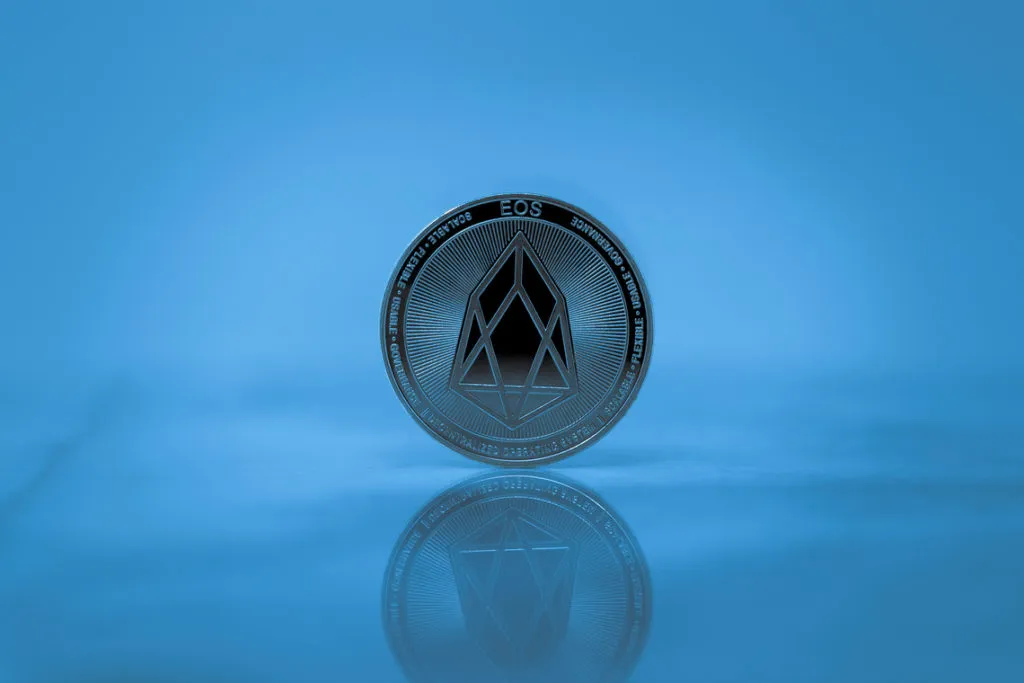While EOS does seemingly fit the bill for the future of decentralized computing, there are some serious centralization issues that crop up when you really delve into how the EOS ecosystem functions. This centralization issue is so apparent, that Weiss Ratings, an independent rating agency, recently downgraded the blockchain’s technology score.
Issues With EOS
To set itself apart and tackle the scalability and throughput problems faced by Ethereum, EOS adopted a fee-less transaction model and a DPOS consensus protocol. However, it isn’t a completely permissionless system. In doing this, EOS had to sacrifice true decentralization and instead relies on a regularly refreshed list of 21 Block Producers — at least on paper. Taking Bitcoin, for example, the combined hashrate of the four largest mining pools contributes more than half of the total hashing power in the network. For Ethereum, this is even lower, since the top two pools combined to contribute more than 50 percent of the network hash rate. In comparison, distributing the governance and administration of the EOS ecosystem across 21 separate entities might seem fair on paper. In reality, these 21 entities tasked with securing the EOS blockchain are essentially getting paid nearly $1.8 million a year to maintain a hardware setup estimated to cost around $25,000. This becomes more of a problem when the fee-less transaction model comes into play.
Weiss Downgrades
When the EOS network is not overtasked, everything works as advertised. Transactions are truly free for all users and EOS dApps, for the most part, run without a hitch. However, the same can’t be said when the EOS network begins to experience congestion. During these periods, EOS prioritizes transactions from accounts that have the highest amount of staked or delegated tokens. This gives an unfair advantage to core developers, exchanges, whales, custodians, and especially the wealthy dApp developers and block producers that have the funds to spare. Though there are instances where a dApp developer or block producer will share their resources with users in exchange for them using their sponsored applications, this still results in a small minority essentially controlling how the network is used during these peak times. One of the key arguments presented by the Weiss Rating Agency is the lack of attention the EOS developers have paid to this centralization issue. As such, the agency is looking at what other similar blockchain projects like Cardano (ADA), Lisk (LSK) and Bytecoin (BCN) can do to overtake EOS in overall ratings. What is your opinion on EOS? Are there any simple solutions to its centralization problem? Let us know your thoughts in the comments below!





